(QBĐT) - Every full moon of the seventh lunar month, in every village with Buddhist influence, people often perform the Mid-Autumn Festival and the "Forgiveness of the Dead" and Vu Lan ceremonies to show filial piety. In addition to worshiping family gods and ancestors, every house has a tray of offerings placed in the middle of the yard to set up the "Ghost Food Offering" ceremony. Walking around my village, I sometimes hear people, even some shamans, "recite" the "Funeral Oration for the Ten Kinds of Living Beings". Meanwhile, this official ceremony that I know of is not like that at all. However, in my opinion, when people and some shamans use the "Funeral Oration for the Ten Kinds of Living Beings" to worship, it still has a basis and is appropriate to the situation.
"Ode to Ten Kinds of Living Beings" was written with the purpose of allowing the common people to understand and use it.
“Elegy for the Ten Kinds of Living Beings” is also known as “Elegy for the Souls” or “Elegy for the Souls ”, the time of its composition is still unknown. According to existing documents, such as the text annotated by Dam Quang Thien, citing the idea of Mr. Tran Thanh Mai in “Dong Duong Weekly” in 1939, Nguyen Du wrote this elegy after a terrible epidemic that killed millions of people, causing a heavy negative energy throughout the country; in all pagodas, people set up altars to pray for them. However, Professor Hoang Xuan Han believes that perhaps Nguyen Du wrote this work before “The Tale of Kieu”, that is, when he was still a tax collector in Quang Binh .
The book “Dictionary of Literature” (new edition) said that the first person to discover the text at Diec Pagoda in Vinh City, Nghe An Province was Professor Le Thuoc. But the oldest is the 1895 woodblock print by monk Chinh Dai (so it is called Chinh Dai copy), stored at Hung Phuc Pagoda, Xuan Loi Commune, Vo Giang District, Bac Ninh Province. From these two copies, Professor Hoang Xuan Han has carefully researched and edited and has produced another text with higher reliability.
 |
Funeral oration is a literary genre passed down from China to Vietnam. In ancient times, in the ritual of worshiping heaven, earth, mountains and rivers, there was often a prayer or blessing. That type of writing was called a rite or a rite or a blessing. Later, when burying relatives, people also used funeral orations to remember the deceased. Funeral orations are generally a type of writing read when worshiping the deceased, so it is said to have a sacrificial-enjoying form. For example: Starting with the year, month, day, respectfully inviting the spirit of someone; ending with o ho, ai tai (Oh my! Painful!). In terms of the form of writing funeral orations, people can use verse, prose, or parallel prose and must comply with the rules of that literary genre.
A funeral oration usually has the following parts: Lung khoi (general impressions of the deceased), thich thuc (recalling the deceased's merits), ai van (lamenting the deceased), ket (states the thoughts and invitation of the celebrant to the deceased's soul).
In many famous funeral oration works in Han or Nom characters from the past to the present, the authors often use the "parallel" style of writing which is very strict in terms of rhyme, rules, opposites, and rhymes. In which, each sentence consists of two opposing clauses, ending with a stressed rhyme, and the entire funeral oration only uses one rhyme. We can cite here the very familiar "Elegy for the Righteous Soldiers of Can Giuoc" by Nguyen Dinh Chieu: "Alas! The enemy's guns resound on the ground; the people's hearts are clear in heaven/Ten years of hard work in the fields, may not be as famous as a buoy; one battle of righteousness against the French, though it loses its echo like a gong...". In which the parallel style of writing as mentioned above, as well as the form of the funeral oration, is expressed very thoroughly.
Speaking a little more about the genre of the funeral oration, to know that with “Funeral Oration for Ten Kinds of Living Beings”, Nguyen Du did not write according to the parallel verses and the “strict” funeral oration principles mentioned above, but he used the national and popular poetic form of “song that luc bat”. A poetic form that many illiterate people can still improvise and is very easy to learn, easy to remember, and easy to pass on. The language and images used in the poem are also very close to the working life right from the beginning of the poem: “The seventh month of the year, the rain is drizzling/The cold breeze chills the dry bones/The human brain changes the autumn afternoon/Thousands of reeds are stained silver, the corn leaves fall yellow…”. Thus, it can be seen that Nguyen Du started from the practical needs of the spiritual life of the masses to create this funeral oration, helping anyone to be able to perform the ceremony themselves, express their merits, and show respect to lonely souls without the need for a shaman or a monk with complicated and expensive procedures. Through that, we also see the kindness and humanity of the great poet Nguyen Du's heart.
"Elegy for Ten Kinds of Living Beings" is not simply an elegy for wandering souls, but also a picture of human affairs.
Right at the beginning of the funeral oration, Nguyen Du clearly revealed the picture of the human condition of the living: “The poplar road is covered with a faint afternoon shadow/The pear tree road is dotted with dew/Whose heart is not eager/The living world is like that, let alone the underworld…”. Next, the soul-calling oration described the suffering of all classes of people in society, from the powerful and noble to the street-side people. No one can refuse death. Although “each person has a different karma” , no one can avoid the “Nai Ha” bridge (the ten levels of hell, according to Buddhism), it is just “someone before and someone after” !
When people live in society, there is a distinction between high and low, noble and humble, but when they die, they are all equal! Especially when they die and become lonely ghosts: “How pitiful are all living beings/Their lonely souls drifting in a foreign land!/The incense and fire have no place to rely on/The orphaned souls have been wandering for so many years/Who is rich or poor/What is there to talk about the wise or the foolish...”.
Nguyen Du described the tragic scene from the human world to the underworld, from the gloomy and desolate early autumn of the living world to the tragic "dark night" of the underworld... to present the types of living beings with different karmic situations but in general, they are all the same tragic. It is called "ten types" but the article has listed a total of sixteen karmic situations. The word "ten" here is not a normal counting number but a symbolic word for the vastness and completeness as in the saying "ten out of ten", "no one is perfect"...
The types of living beings with “sixteen karmic situations” mentioned in the funeral oration are: Those who “have a proud mind” and are greedy for fame and fortune, forgetting their lives; those who are rich and live in a “curtain of flowers” and are proud and complacent about their beauty...; those who are high-ranking officials with “high hats and wide robes” holding the pen of life and death in their hands...; those who “deploy troops and set up battle formations” and “take the imperial seal” and expose the bodies of hundreds of people to gain merit for themselves...; those who have a natural mind, wandering away from their homeland in the hope of becoming rich...; those who “intend to ask for precious words”; those who go to the sea and into the sea, in dangerous storms...; those who do business on long distances; those who have to join the army; those who have fallen into poverty and become “selling flowers and moon”; those who are beggars who “live on the goods of the land, die on the official road”; those who are unjustly imprisoned; those who are born without a care; infants who have lost their parents; those who died from disasters: water, fire, wild animals...; those who have no children or relatives...
In the Buddhist sacrificial text published in Hue , people only briefly listed the general karmic scenes, with the purpose of summoning souls. But with "The Funeral Oration for Ten Kinds of Living Beings" , Nguyen Du was very talented, when he skillfully combined and clearly pointed out all the "karmic scenes" that people living in the mortal world experience, thereby pointing out the suffering of the underworld. Obviously, Nguyen Du wanted to use the funeral oration of the underworld to warn that the living world is a place where the struggle for fame and money is often very fierce and aggressive. A place where people often lose their humanity for fame and profit. The author reminded everyone clearly that: "Living in a time when money flows like a river/Death, you cannot take a single coin with you...", through that, toeducate people about the ethics of life, which can last long even when people have returned to the earth.
At the end of the funeral oration, Nguyen Du used poignant words to call on all kinds of wandering souls to "wisely" listen to the sutras, to rely on the Buddha's teachings to escape suffering. Taking the Buddha as a good heart, then naturally transcend the cycle of reincarnation: "Thanks to the Buddha's mighty and mighty teachings/In the dream, awakening from a dream/What are the ten species/Women, men, old and young, all come to listen to the sutras/Life is like a bubble/There is a saying: "All things are empty"/Oh, everyone, take the Buddha as your heart/Naturally transcend the cycle of reincarnation... ". This is also a call for those who are living to awaken from their delusion!
On the occasion of the 15th day of the seventh lunar month, let's read once again "Elegy for Ten Kinds of Living Beings" by Nguyen Du, to admire the heart of a "Great Poet" for the people.
Do Thanh Dong
Source: https://www.baoquangbinh.vn/van-hoa/202408/vai-suy-ngam-ve-van-te-thap-loai-chung-sinh-cua-nguyen-du-2220358/















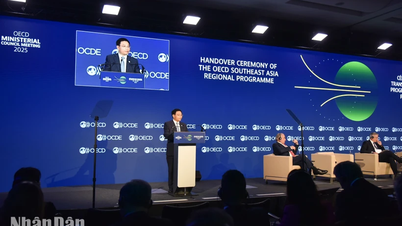



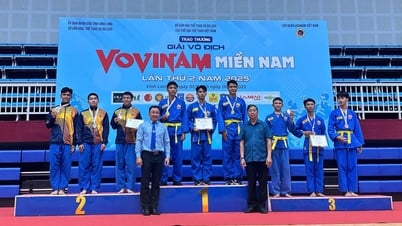



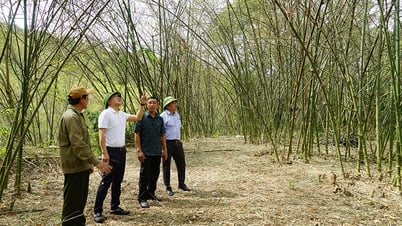







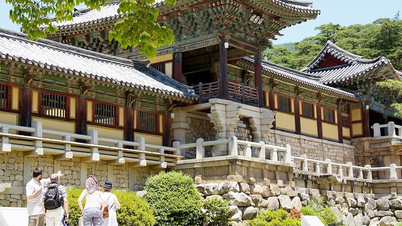

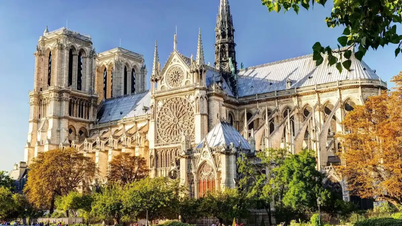




















































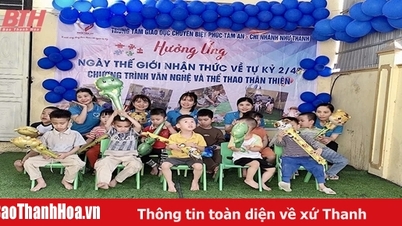



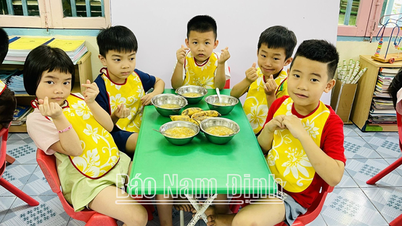









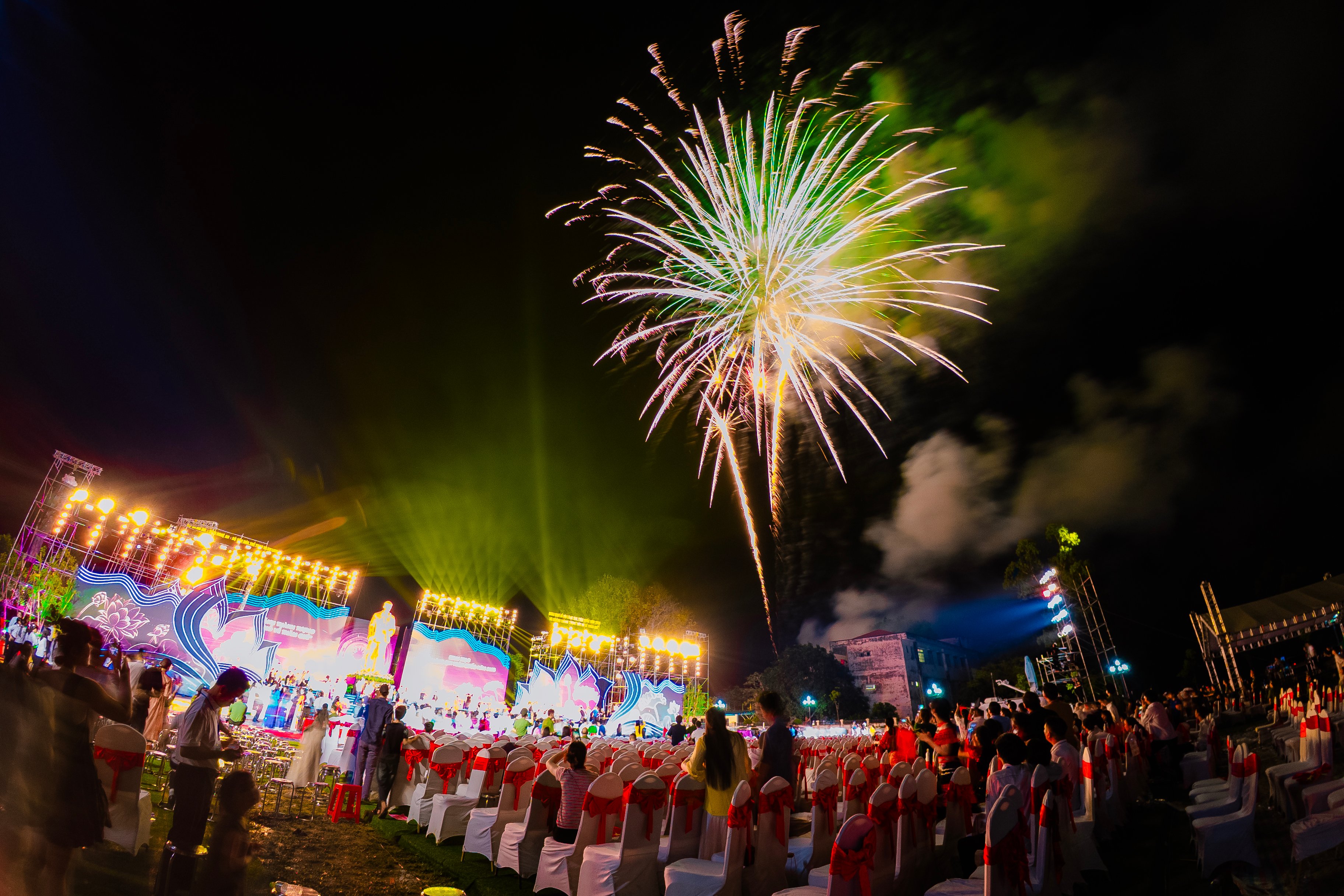

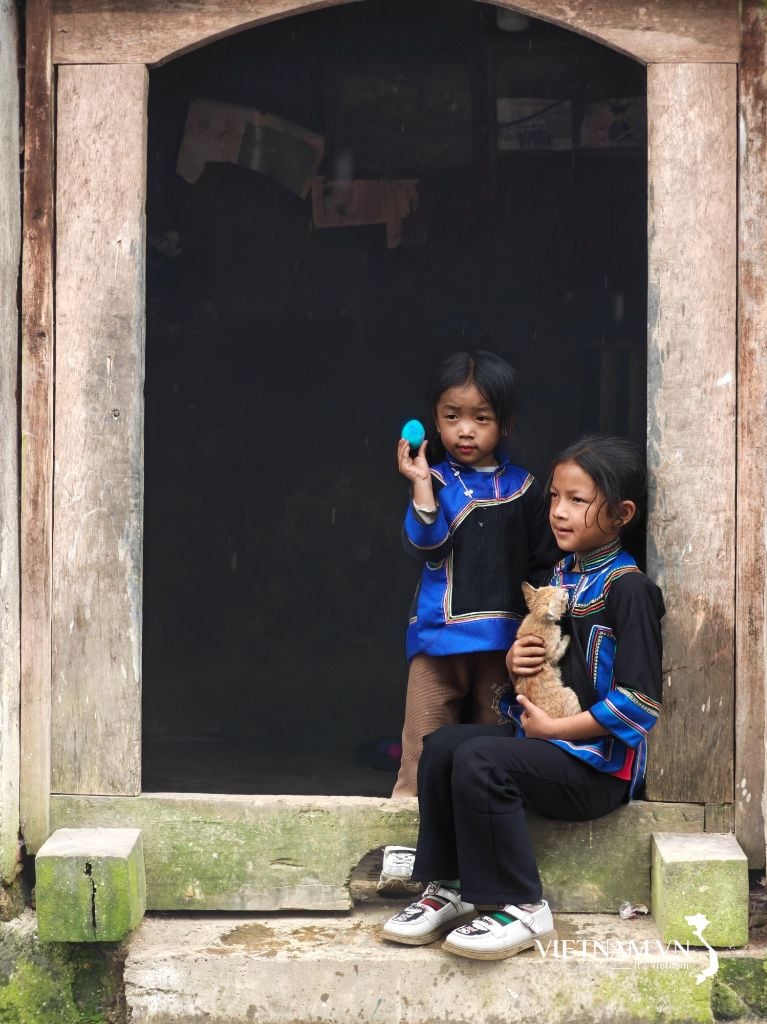

Comment (0)